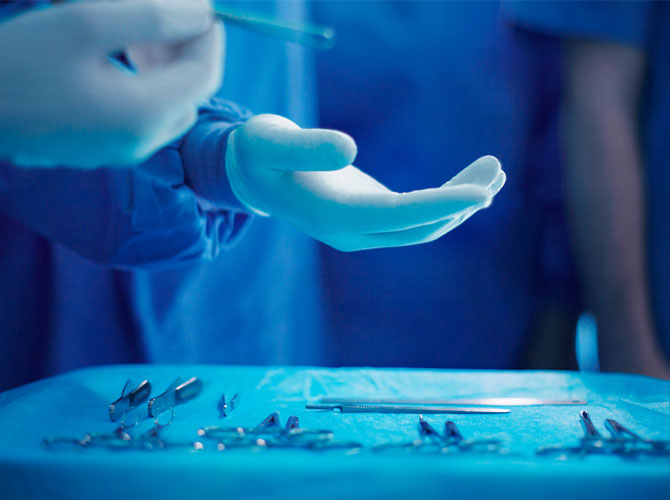
migraine
Migraine are one of the most common cause of headache. They are due to changes in the brain and surrounding blood vessels. Migraine headaches typically last from 4 to 72 hours and vary in frequency from daily to fewer than one per year. It affects three times as many women as men. About 70% to 80% of people with migraines (called migraineurs) have other members in the family who have them too. Common migraine accounts for 80% of migraines.
There is no "aura" before a common migraine. People with classic migraines experience an aura before their headaches. Most often, an aura is a visual disturbance (outlines of lights or jagged light images). Classic migraines are usually much more severe than common migraines. Status migrainosus is a migraine attack that lasts more than 72 hours.
As headaches can be a symptom of a serious condition, it is important to seek medical advice if they become more severe, regular, or persistent.
What Causes and Triggers Migraine Headaches?
The exact cause of migraine headaches is not clearly understood, though experts believe they are due to a combination of the expansion of blood vessels and the release of certain chemicals, which causes inflammation and pain.
The chemicals dopamine and serotonin are among those involved in migraine. These chemicals are found normally in the brain and can cause blood vessels to act abnormally if they are present in abnormal amounts or if the blood vessels are unusually sensitive to them.
Various risks and triggers are thought to bring about migraine in certain people prone to developing the condition. Different people may have different triggers. Individual triggers can include:
- Certain foods, especially chocolate, cheese, nuts, alcohol, and MSG, bring on headaches in some people. (MSG is a food enhancer used in many foods including Chinese food.)
- Missing a meal may bring on a headache.
- Stress and tension are also risk factors. People often have migraines during times of increased emotional or physical stress.
- Birth control pills are a common trigger. Women may have migraines at the end of the pill cycle as the estrogen component of the pill is stopped. This is called an estrogen-withdrawal headache.
- Smoking may cause migraines or interfere with their treatment.
Medical Treatment
Drugs for migraine headaches can relieve the pain and symptoms of a migraine attack and help prevent further migraine attacks. Migraines can be treated with two types of drugs: abortive and preventive.
Abortive
The goal of abortive treatment is to stop a migraine once it starts. Abortive medications stop a migraine when you feel one coming or once it has begun. Abortive medications can be taken by self-injection, mouth, skin patch, or nasal spray. These forms of medication are especially useful for people who have nausea or vomiting related to their migraine, and they work quickly.
Abortive treatments include the triptans, which specifically target serotonin. They are all very similar in their action and chemical structure. The triptans are used only to treat headache and do not relieve pain from back problems, arthritis, menstruation, or other conditions. People with certain medical conditions should not take these medications.
Botox treatment
Botox treatment is highly effective for chronic migraine in person having 15 headache day per month. Botox injection cut down the total number of days of migraine headache or even other types of headaches. Patient also had more "crystal-clear" -- pain-free -- days each month, and reported fewer days off work.
